Understanding Neutral Density Filters

Neutral Density (ND) filters are designed to reduce transmission evenly across a portion of a specific spectrum. ND filters are typically defined by their Optical Density (OD) which describes the amount of energy blocked by the filter. A high optical density value indicates very low transmission, and low optical density indicates high transmission (Equations 1 – 2). ND filters can be stacked to achieve a custom optical density. To calculate the final system OD, simply add the OD of each filter together.
Example 1: What is the transmission if OD 0.3 and OD 1.5 filters are stacked?
Example 2: How can I build a filter with 0.5% Transmission?
ODTotal of 2.3 could be created by stacking OD 0.3 + OD 2.0 or OD 1.0 + OD 1.3.
Types of Neutral Density Filters
There are two types of ND filters: reflective and absorptive. Reflective ND filters consist of thin film optical coatings, typically metallic, that have been applied to a glass substrate. The coating can be optimized for specific wavelength ranges such as UV-VIS or NIR. The thin film coating primarily reflects light back toward the source. Special care should be taken to ensure the reflected light does not interfere with the system setup. Absorptive ND filters utilize a glass substrate to absorb light by a specific percentage.














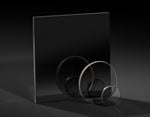

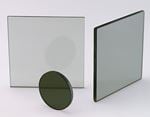
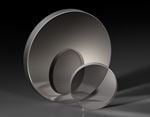
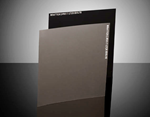
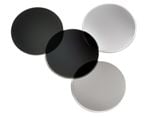
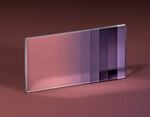

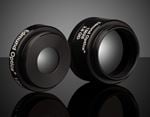
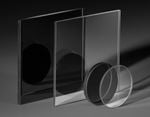
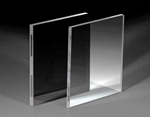

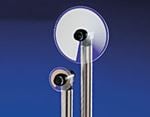
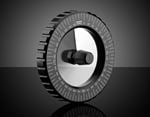
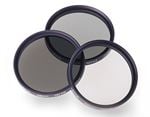
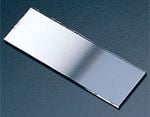
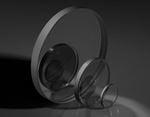
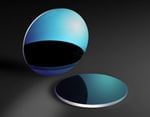
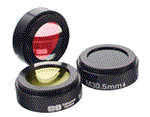
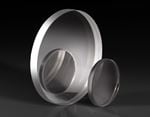
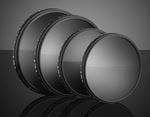
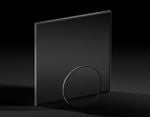

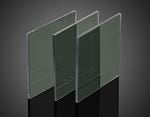
或查看各区域电话
报价工具
只需输入商品编号
Copyright 2023, 爱特蒙特光学(深圳)有限公司。— 广东省深圳市龙华工业东路利金城科技工业园3栋5楼 518109 - 粤ICP备2021068591号